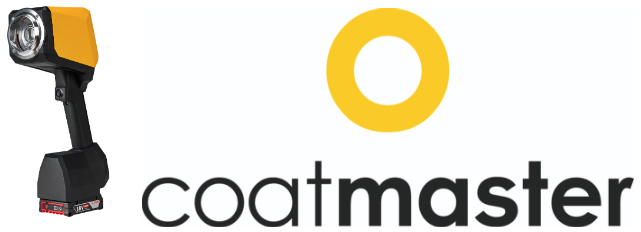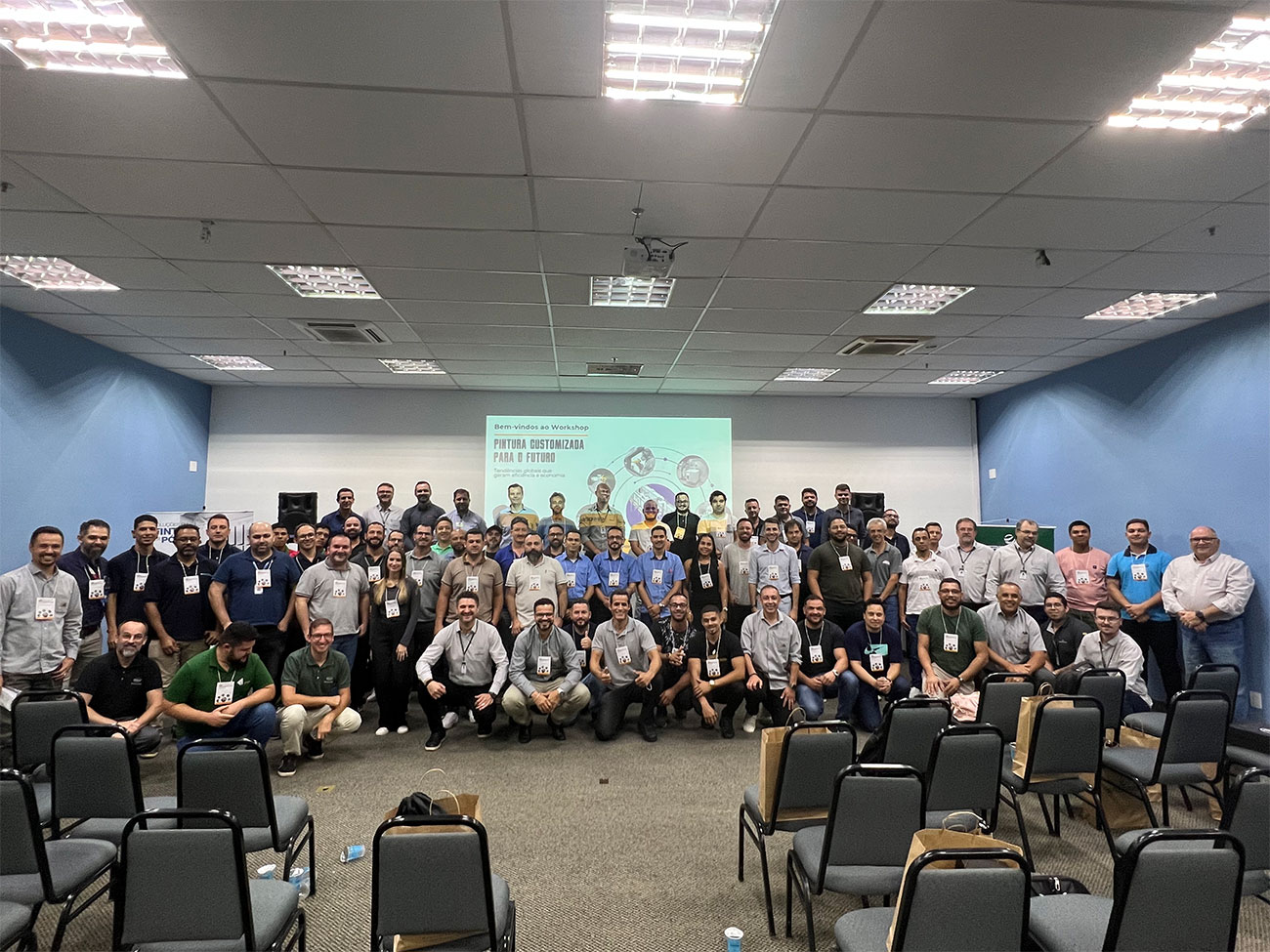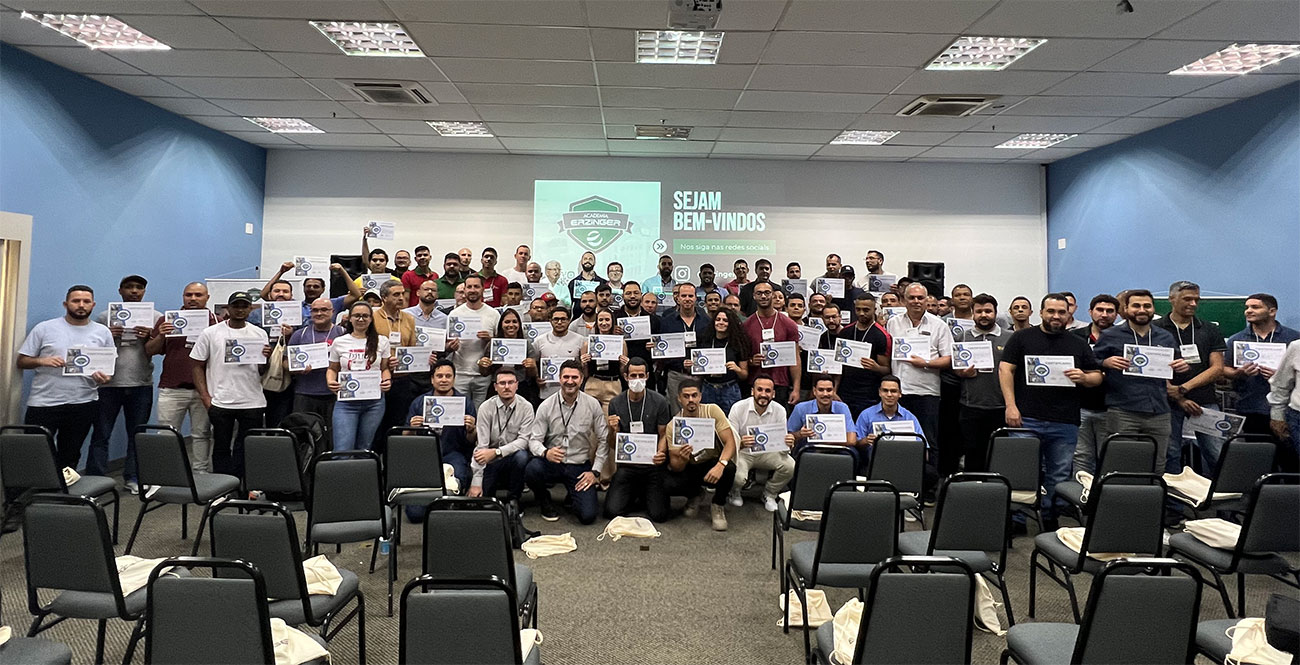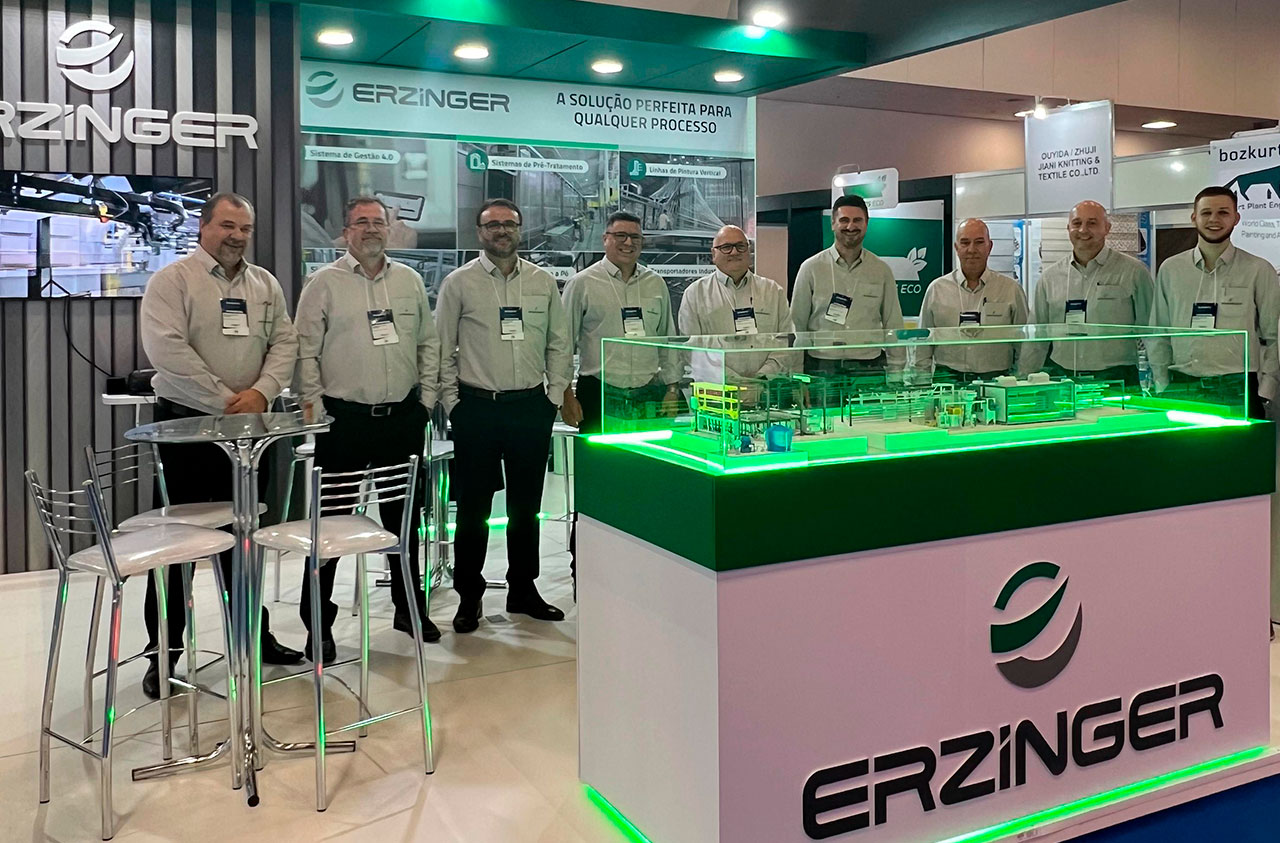Who doesn’t like to make savings in their processes? Especially when it comes to powder paint consumption, which is often the point at which your powder coating line makes a profit or a loss. So don’t miss out on this material we’ve prepared for you!
Here we list the main villains that contribute to unnecessary paint consumption in a painting process, whether manual or automatic.
1 – Parallel parts: Today, with an increasingly globalized market, it is common to find many products that appear to meet our needs, and in the world of powder coating this could not be different. However, you need to pay attention to the quality of what is on offer, so that you don’t exchange CAT for BIRD.
As well as having proven quality, original parts are developed to work with known working parameters. An example of this is venturi nozzles, where original Wagner parts have a recommended flow rate of 4.50 Nm3/h for PI-P1 models. On the other hand, in parallel parts, in order to meet the same application parameters, this flow rate needs to be increased, leading to faster wear and greater paint consumption, remembering that quantity of paint is not synonymous with speed, let alone quality.
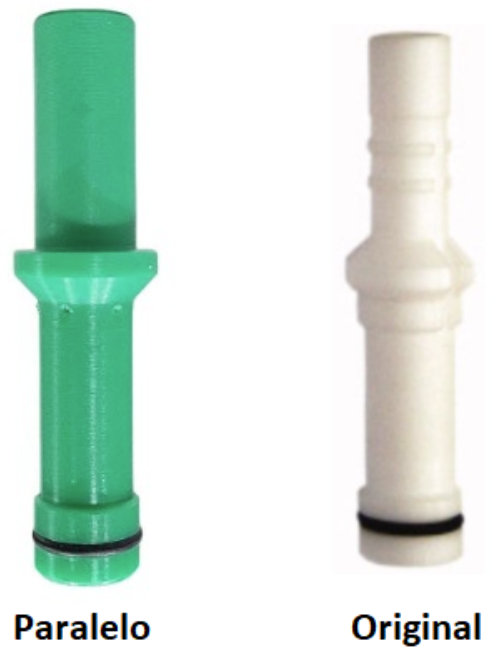
2 – Operational vices: Investing in employee training is essential for companies that want to grow their business. Skilled labor becomes a major competitive differentiator in the market.
When we take this to the industrial painting scenario, operational vices aligned with a lack of knowledge of a process can lead to several errors in the application, resulting in rework that may use more inputs. Training the painting team in the use of equipment is essential in this type of process, because as well as saving money, it will also have an impact on the quality of the end product. Often the vices found are a reflection of a lack of training and knowledge, where the operator has always done it this way and in his view it is correct.

Today, Erzinger offers various forms of training for its customers, whether online, in person at our technical center or through in-company training. You can find out more about our training courses on our Erzinger Academy website.
3 – Lack of inspection and maintenance of equipment: as we have said on this blog before, up-to-date maintenance of equipment is essential for correct operation and safety, and unlike the idea of spending money, maintenance is an investment.
In addition to avoiding line stoppages due to possible equipment failures, correct maintenance of the equipment avoids contamination of parts and loss of efficiency by the equipment, where several times in order to correct one of these deviations the operator changes the settings of the guns, which can lead to higher paint consumption. Each piece of equipment has its own requirements and to find out more about them, you can read our post on preventive maintenance at the following link: Preventive Maintenance on Painting Equipment.
4 – Contamination in color change: Color change is an operation carried out in the painting process where the equipment that is prepared to operate with one color palette, will undergo a change to work with another palette.
This process is very common in day-to-day industrial painting, but care must be taken to ensure that the new paint is not contaminated by residues left by the previous paint. To avoid this, cleaning the booth area is recommended for each color change. This cleaning must take place in such a way that residues from previous paints do not come into contact with the new paint to be applied and cause contamination.
5 – Compressed air quality: The compressed air is the means of transporting the paint through the application system, and its quality is essential for a good application. This is why the compressed air in the network must be free of particles that could contaminate the paint, with oil and water particles being the most common contaminants.
What many people don’t know is that there are standards that determine the quality of compressed air. Below we have prepared a table with the main aspects of air quality:
| According to the required compressed air quality, in accordance with ISO 8573.1: | |
|---|---|
| Max. particle density | 5 mg/m³ |
| Max. particle size | 5 μm |
| Max. vapor pressure dew point | +7°C |
| Max. oil content | 0,1 mg oil/m³ |
| Total compressed air consumption | 145 Nm³/h |
| Drain guns | 6.24 Nm³/h in 30 s |
| Drainage floor | 5 Nm³/h |
6 – Incorrect grounding (isolation of the hooks): In electrostatic painting, the grounding promotes the potential differential which will attract the charged powder particles to the hooked parts.
A good grounding considers a maximum of 6Ω in the conductor and 1MΩ between the part and the conductor. If these parameters are not met, there may be problems in the application, thus increasing the amount of paint that does not adhere to the part.
One of the main problems that can cause grounding problems is a hook that is saturated with paint. This paint causes them to become insulated, which in turn will not provide the potential differential required for an application.
7 – Poor use of hooks: Still on the subject of hooks, another issue that can lead to wasted paint in an application is poor use of hooks.
Hooks can vary according to the customer’s geometry and quantity of parts, and the ideal way to use them is one that provides access to all areas of the part to be painted, and that maintains its footprint, preventing excess overspray.
8 – Excessive conveyor speed: The overhead conveyors are responsible for moving the parts along the painting line. They contain the hooks that carry the parts to be painted.
The speed of the conveyors is one of the parameters dimensioned in the project, based on the demand of each client. Faster lines tend to meet higher demands. However, when there is an increase in the speed at which the line was programmed to operate, many painters tend to increase the flow of powder to meet this new line speed.
This increase in flow also increases paint consumption, so it is extremely important to respect the speed and capacity parameters at which a line was designed to operate. Any changes to these parameters can lead to various problems.
9 – External air flow around the application area: The area where the paint is applied in a painting process is a place prepared to receive the flow of paint from the applicators.
All the overspray, which is the paint that has not adhered to the part, is sucked up by the dust recovery system to be returned to the process or discarded in cases where it is not possible to use it.
In this area, care must be taken with the flow of external air that may be circulating. This air flow can come from nearby windows or doors and consequently remove the layer of paint that has been applied or carry dirt that could contaminate the painted parts.
10 – Suspended particulates: Companies that carry out machining, sanding, blasting or any other process that can generate particles that are suspended in the air must ensure that these particulates do not contaminate the paint or parts.
These particulates can also be carried by the air flow mentioned in topic 9, generating application rework.
Bonus:
Well, now that we’ve seen the 10 villains for powder waste, how about we meet a hero for paint saving now?
And this hero is called Coatmaster!
The Coatmaster Flex is a non-contact coating meter model brought to Brazil by a partnership between Erzinger and the Swiss company Coatmaster. With it you can measure the paint layer immediately after application, without having to go through a curing process. And it works with both powder paint and liquid paint!
Contact us on our channels to find out more about this incredible device that is now available on the Brazilian market!
